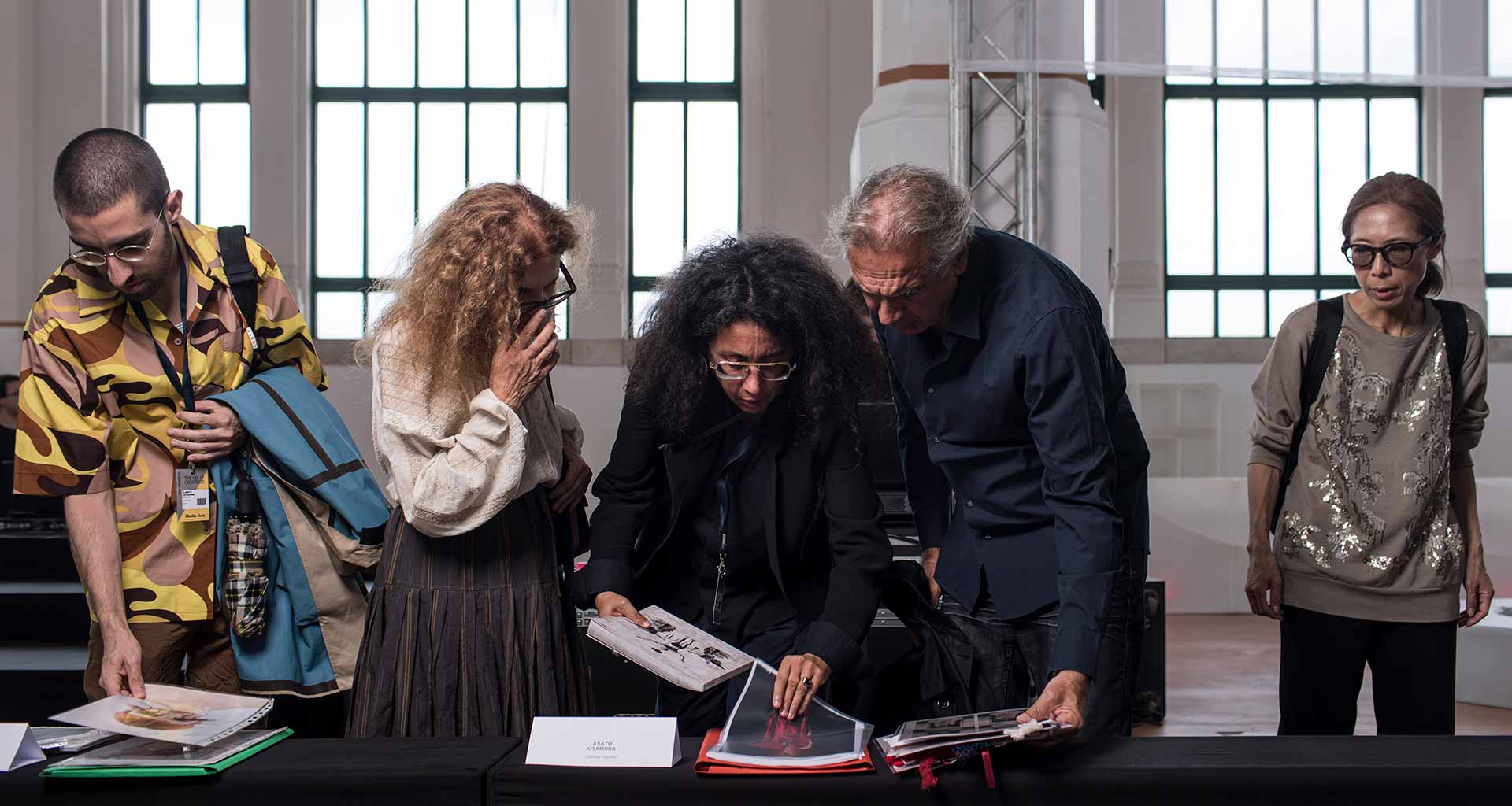
How to make a killer fashion portfolio.
7 rules you should follow to hit the mark.
12 September 2024
Fashion portfolios speak a language of their own. Their architecture and content can be driven by cultural and social markers as diverse as the nations of our planet. The level of introspection and surrealism in the portfolio of a Japanese designer, for instance, often appears to be other-worldly compared to the organisation, order and rigour of, say, a German portfolio. Globalisation has of course smoothed out these national differences, but you get the picture: portfolio making is a wild and diverse world, with a few rules to follow and a lot of freedom in terms of the outcome.
This also means that preparing a portfolio is one tricky task. How could we not be aware, with 14,758 housed in the Library, kind of a temple for creativity in ITS Arcademy – Museum of Art in Fashion. Throughout our 21-year history we’ve seen so many different kinds of portfolios, from the more artistic ones (which arrived nestled inside blocks of concrete or ice, for example) to the “no frills”, neatly organised ones.
And rightly so, since – we can’t even remember how many times we’ve said this when asked by young designers worldwide “how do I make a portfolio for ITS Contest?” – there are endless ways to prepare a portfolio that works. Vice versa, there is no “perfect” step-by-step way to nail it. Let’s take the concept, for example: it would be useless for us to tell you “include reference images that inspired your collection” if your inspiration is a single line from a poem by P.B.Shelley.
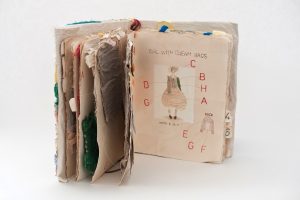
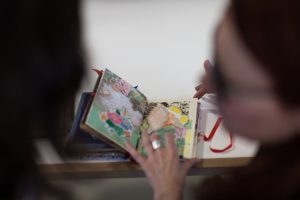
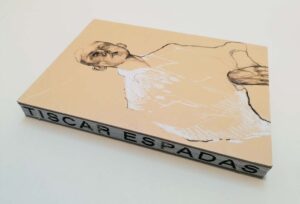
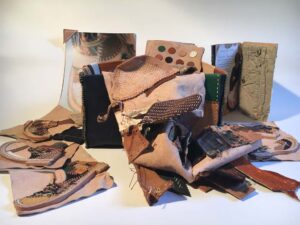
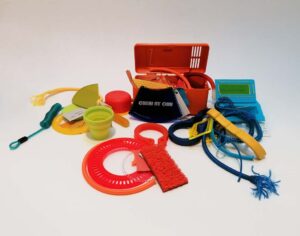
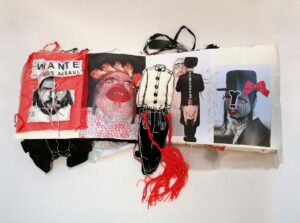
But as we said above, there are indeed a few rules you want to follow to stay on the right track and include everything that is essential for your portfolio to be understood. Note them down, because they will be your guiding compass when preparing a portfolio for that interview that might change your career.
1. TAKE NOTHING FOR GRANTED
The best way for you to start is to picture someone who knows nothing about you or about your work. That’s who you have to convince. You don’t want to create your portfolio just from YOUR point of view, otherwise you will increase the risk of taking for granted information that is essential to understand your project. So being very objective is key.
2. YOU’RE NOT WRITING THE ENCYCLOPEDIA BRITANNICA
Which easily translates to: don’t prepare a hundred-page portfolio! Again there’s no fixed rule here, just common sense. Imagine a jury that needs to go through hundreds and hundreds of portfolios to decide the next generation of emerging talents. Time becomes a serious concern and flipping through huge portfolios makes things worse. We often see young designers fitting into their books EVERYTHING they have about their collection just because they are unable to make a selection. The jury will think you lack the ability to select the strongest elements while still being able to fully communicate your work.
Be CONCISE but COMPLETE at the same time. Include all the links in the chain and don’t overdo it. It will be appreciated, it will make your message stronger and look professional, you will communicate that you have a very clear idea of your work and that you don’t waste time on additional information that adds nothing to the clearness of your presentation. It’s not about taking out information, it’s about putting in all the information AND NOTHING ELSE…
3. FOCUS ON WHAT IS REQUIRED FROM YOU
If you are applying for a job position, a contest, an interview, etc. you want to know what is expected from you. You have to know who will see your portfolio, you have to know who is going to interview you. Always read the requirements first and if you need to send your portfolio for a job position, take your time to study your potential employers and what they are looking for. Adapt to those requests. You need to consider your portfolio just like you would your CV: ideally, you will need to tweak it slightly every time you send it, to match the needs of who receives it.
4. GIVE THE COMPLETE PICTURE
What you really don’t want is to get jurors hooked on your project only to leave them with no pictures of finished outfits/pieces. This opens for a debate, because your timeframe (particularly if you are in your graduation year) for the development of your collection might simply clash disastrously with the deadline to hand in your portfolio. You might still be in a very early stage of development and all you can include in your portfolio is research, concept, sketches and… that’s it.
A solution is to strive for technical drawings which really give an idea of what the final collection will look like, adding a selection of photos of your strongest past work to convince the jury that your technical abilities are unquestionable and that you KNOW how to produce what you claim. In the specific case of ITS Contest, contact us directly at schools-contestants@itsweb.org and let’s see what we can do about it together.
5. DON’T BE MESSY!
The best way to get your portfolio discarded is to arrange your information and materials in a messy way. Organise your information as follows:
- Introduce yourself (CV).
- Tell us about your concept and what inspired it (research material).
- Tell us about the development process, how your research informed the development of your pieces and led you to a final line up.
- Show your collection line up.
- At this point, dive into each piece/outfit showing how it’s constructed and which materials you used and where. In case of a physical portfolio, include samples of fabrics/materials so the jury can touch and feel what you will use. If you have out-of-the-ordinary techniques (weird or unseen stitching, revolutionary knitwear, jaw-dropping material bonding) you might want to include samples of that too.
- Finally, include pictures of finished pieces. Professional photoshoots are the best if the outfits/pieces can be clearly seen. You don’t want artistic shots in black and white where your items are poorly lighted but poetically expressed. You also want to include lookbook-style shots where each outfit can be clearly understood.
6. DON’T BE AFRAID TO EXPRESS YOURSELF!
Provided you do your best to follow all of the above, don’t be afraid to go overboard! Some of our most special treasures stored in the Collection at ITS Arcademy are true pieces of art that communicate the aesthetics of the collection at a glance, right from the cover. There has to be purpose though, it can’t be art for art’s sake. Let’s say your artistic side makes you want to make your portfolio pages out of knitted yarns you’ve knitted yourself: there has to be a connection either to the concept of your project, or to the overall aesthetics of your pieces.
7. NOW YOU’RE GOOD – GO AHEAD AND APPLY!
Consider these as general rules for any portfolio you will prepare in the future, and don’t feel like these are limitations to your creativity: real creativity thrives around rules that appear to constrain it! Tons of words could be spent on portfolio preparation, there are university courses on this topic. And rightly so: as we said right at the beginning, there isn’t one single, specific way to prepare it and much depends on WHAT you are presenting.
Now you have a guiding compass, a structure and rules you can apply to all portfolios. Make the most of it!